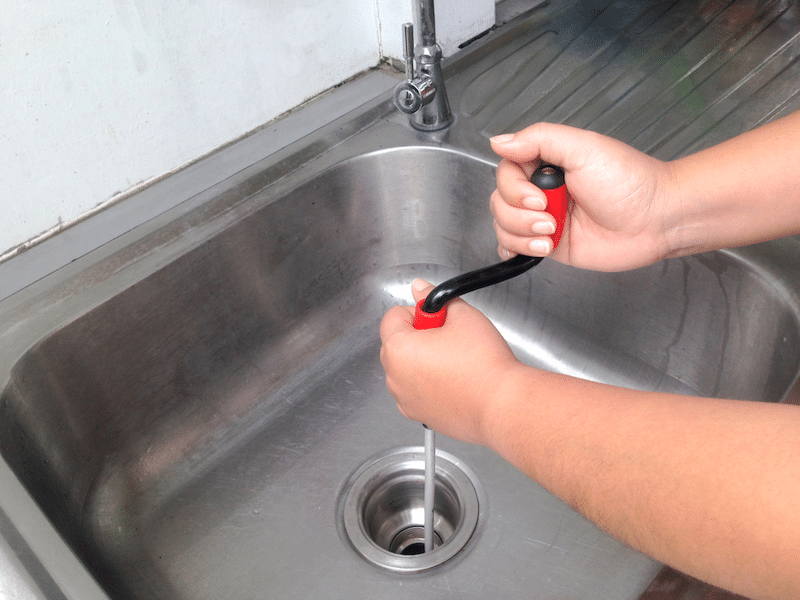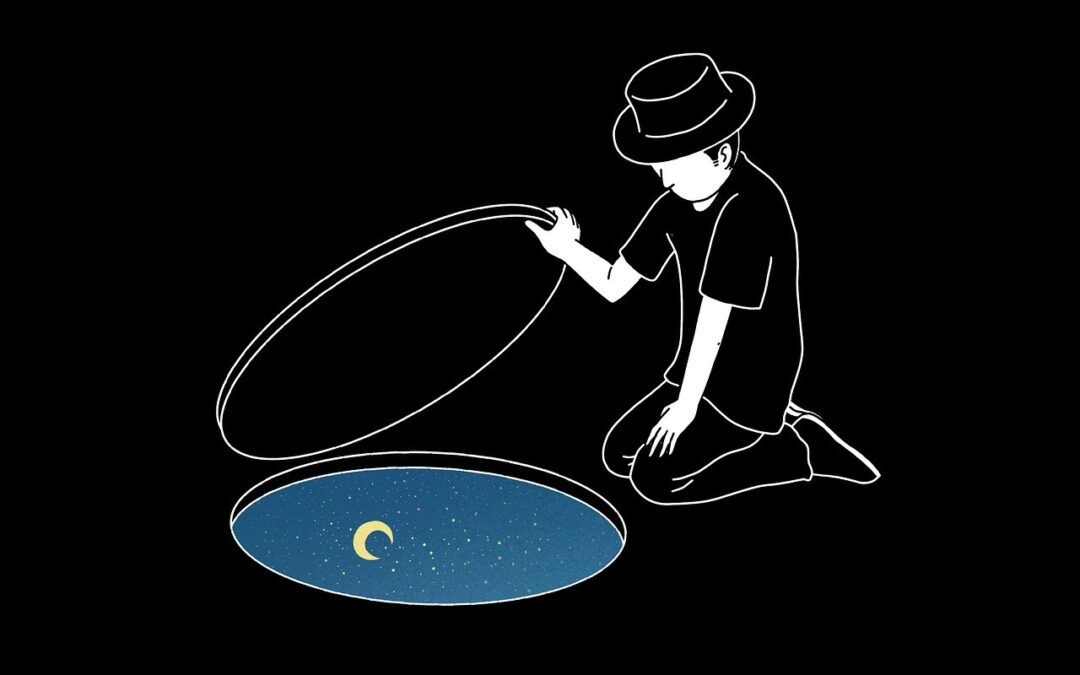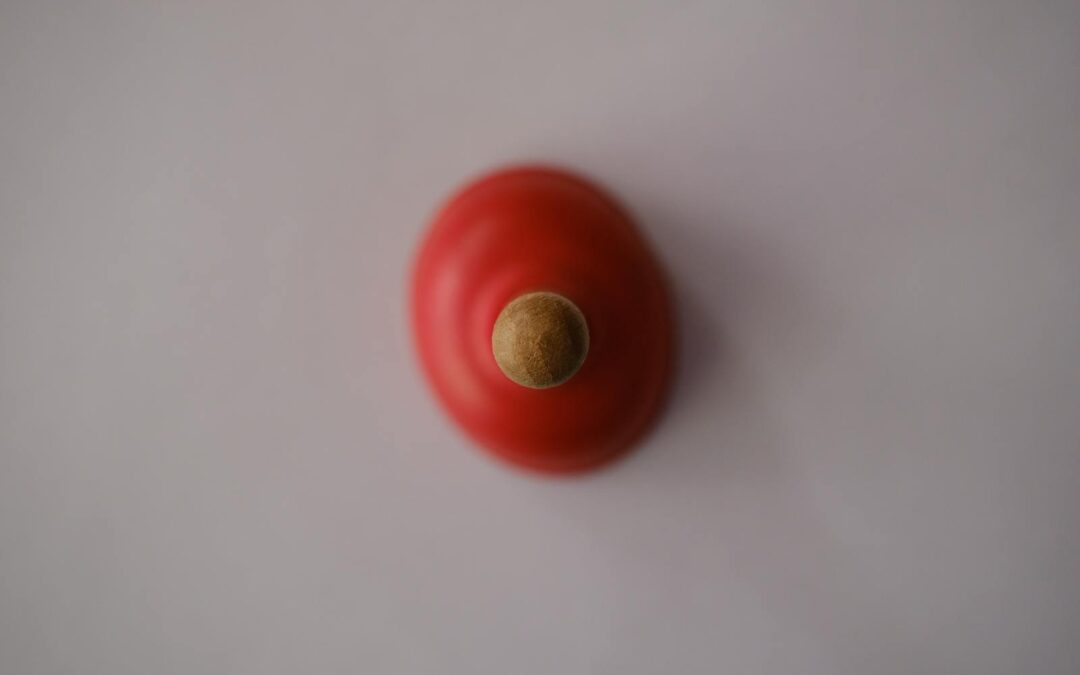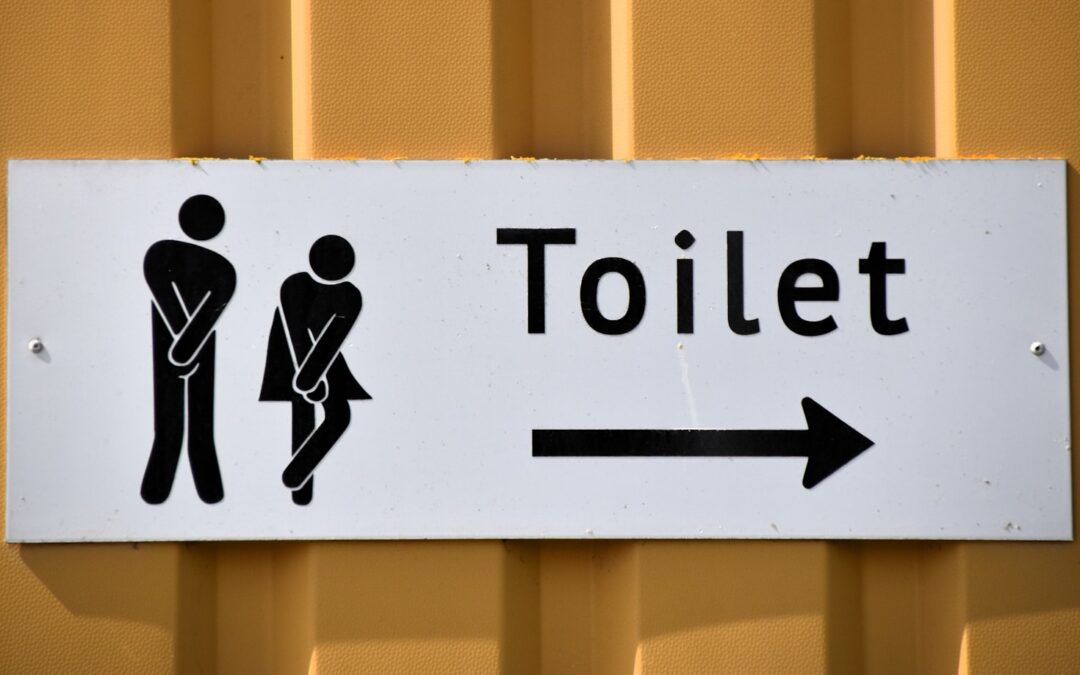When you experience a clog in your sink, shower, or toilet, your first instinct may be to reach for a chemical drain cleaner. But if you’ve ever used one of these products, you know they are only a temporary fix. They are also harsh on your pipes and can cause damage in the long run. A better solution is to use a drain auger or plumbing snake.
Drain augers and plumbing snakes are tools that can clear clogs without damaging your pipes. In this article, we will show you how to use a drain auger and plumbing snake to clear a clog in your sink, shower, or toilet.
What’s The Difference Between Drain Augers And Plumbing Snakes?
Although they have some similarities, people often mistakenly assume that all drain-cleaning augers are the same. Both types of devices do share some features and similarities: They both help with unclogging drains, come in different sizes depending on the job requirements and can be electric or manual. However, there are also distinct differences between these two tools.
Schedule Service Online
Get a free estimate so you know what you're signing up for
"*" indicates required fields
For Emergency Services Call: 410-255-9300
Drain Snake
Plumbing snakes or drain openers are the traditional drain-cleaning tool. They have been around for many years and are still one of the best ways to clear a clog. A plumbing snake is a long, flexible metal cable that is inserted into the drain. The cable is then fed through the drain until it reaches the clog. Once the clog is located, the snake is used to break up or dislodge the clog so that it can be flushed away.
Manual plumbing snakes are operated by hand, while electric plumbing snakes are powered by an electric motor. Manual snakes are less expensive and require more physical labor, but they can be just as effective as electric models. Electric drain snakes are more expensive, but they can save time and effort, especially if the clog is deep in the drain.
Another popular tool commonly used for small clogs is the drain weasel. This is not to be mistaken for a plumbing snake, as the two are very different. The drain weasel is a small, handheld device that can be used to clear hair and other small clogs from bathroom sink and shower drains.
Drain Augers
A drain auger is a newer tool that has been designed specifically for clearing difficult clogs. Drain augers have many of the same features as plumbing snakes, but they also offer some unique advantages.
One of the biggest advantages of a drain auger is that it can clear clogs located further down the drain. This is because the auger has a coiled cable that can be extended up to 50 feet. This means that you won’t have to remove the drain cover to reach the clog, which can save you time and effort.
Another advantage of a drain auger is that it can be used on both drains and toilets. This makes it a versatile tool that can be used in many different situations.
When Should I Use A Drain Auger?
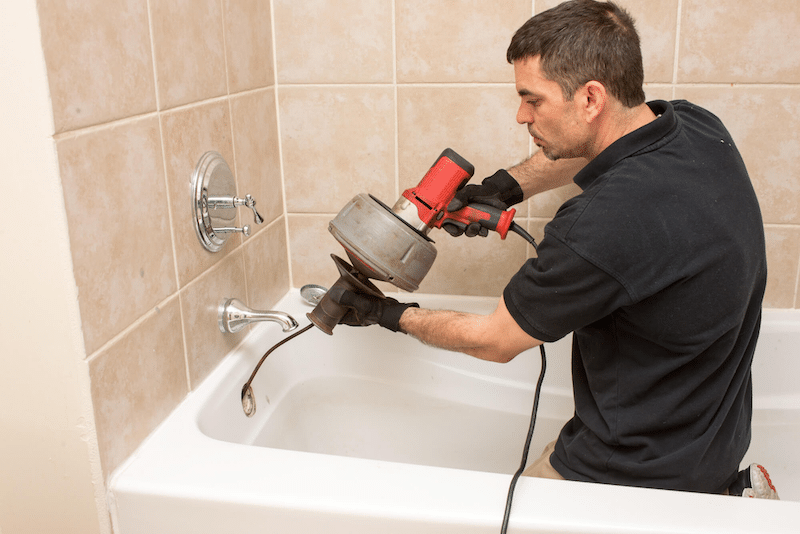
Now that you know the difference between these two types of drain-cleaning tools, you might wonder when you should use each one. In general, a plumbing snake is best for clearing clogs that are located near the drain opening. This is because the snake can be inserted directly into the drain without having to remove the drain cover.
A drain auger will likely be more effective if the clog is located further down the drain. This is because the auger can be extended to reach clogs that are located deep in the drain. Additionally, a drain auger is usually the best option if you’re dealing with a toilet clog.
Instructions For Using A Drain Auger At Home
Step One: Insert The Drain Auger Into The Drain Or Toilet
Grab your drain auger and insert the end of it into the drain or directly into your toilet. If your drain has a cover or grill, you will need to remove it first before insertion.
Step Two: Turn The Handle Of The Drain Auger Clockwise And Slowly Push
As you insert the auger into the toilet or shower drain, rotate the handle slowly until you feel resistance. This is caused by the clog. The auger handle should be rotated down against the protective sheath. If an object is encountered, the snake will attempt to grab it.
Step Three: When You’ve Found The Blockage With The Drain Auger, Pull It Out Without Rotating The Drain
This will guarantee that the drain auger comes out clean, as well as any items blocking the drain. These three steps will help unclog your drain. Repeat them until the clog is gone.
When Should I Use A Plumbing Snake?
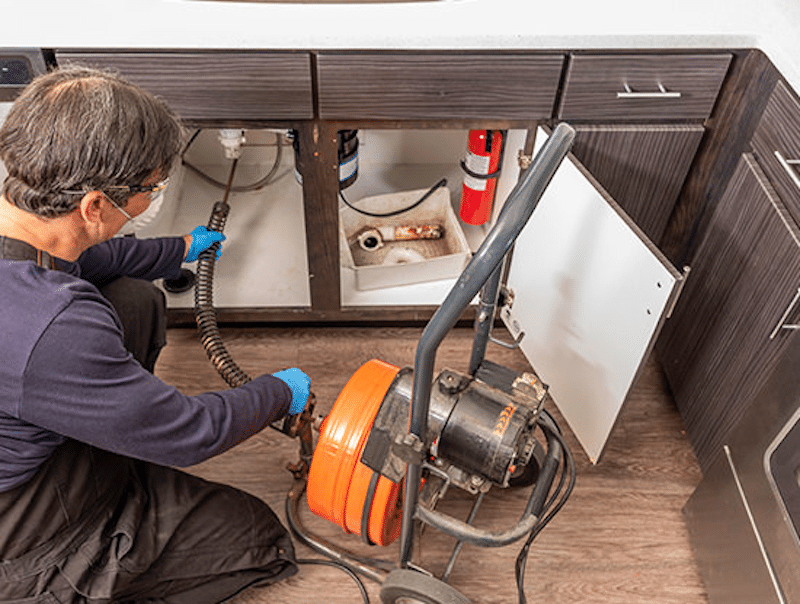
Plumbing snakes are a clog-removal tool that lies between household plungers and drains augers in terms of power. If you’ve got a clog too stubborn for a plunger, then you need to use a snake. That is the next logical step. Snakes clear drain much more effectively than plungers do, but they are also slightly more dangerous to use.
The plumbing snake is a device usually used to unclog drains before more complicated machinery, such as a drain auger, needs to be brought in. however, if you don’t use your plumbing snake correctly, then you run the risk of damaging your drain pipes and causing leaks. Therefore, it’s essential to know how your plumbing snake works and how to utilize it properly.
Instructions For Using Plumbing Snakes At Home
Think about removing the p-trap
P-traps, or p-bends as they’re sometimes called, are the curved drain pipes located beneath your sink. They connect the sink to the larger drainpipe system in your home and are curved to prevent sewer gases from rising up through the sink and into your house. P-traps are often made of PVC pipe but can also be metal.
You have the option to either use your hands or an adjustable wrench in order to remove the p-trap. If you do end up removing it, be sure to give it a once over the inspection and clean it out as needed. Oftentimes, if you find the obstruction here, then there’s no need to snake at all! Even if nothing is found, though, taking out the trap could make snaking less difficult later on.
Think about removing the trap arm
The segment of the pipe located between the p-trap and the wall is known as the trap arm. It curves to reach the wall and anchors ͏p-trap in place via a metal or plastic nut. If you can find this connection, loosen it to detach the trap arm from the p-trap. However, if you cannot locate it, then it is likely glued in place; do not forcibly remove it under these circumstances.
Make sure you clean the trap arm as thoroughly as you did the p-trap once you remove it. To do this, removal of the trap arm is necessary to get as close to the drainpipe as possible. Look inside said drainpipe for any obstructions that might be present. If there are visible obstructions, try removing them from your current vantage point. If unsuccessful, then resort to using your snake instead.
Step One: Physically Thread The Head Of The Plumbing Snake Into The Pipe
Insert the snake’s head into either the drain (if you didn’t remove the trap) or the access point on the wall. However, if you choose not to remove the trap, be cautious of running hot water as this could damage pipes. Instead, use cold water. Also, avoid forcing entry too hard, as this might result in a broken pipe
Not only could this damage the drain entrance or pipe, but it also may be difficult to maneuver the long head and cable in a small space. To avoid any future drain pipe repairs, take caution when using these tools.
Step Two: Start By Uncoiling The Snake Using The Handle
Maintain the handle close to the beginning of the drainpipe. The less active the snake, the less force you need to apply. Turn the handle at a steadied rate. Do not try to hasten the process or rotate it too slowly–you should feel pressure as flexibility is restricted when encountering an obstruction in movement.
Step Three: Once You’ve Reached An obstruction, Move The Snakehead Back-and-forth And up-and-down
Always attempt to shatter the obstruction into tiny pieces. Do not try to force the auger into the pipe’s walls since this might damage your equipment. If you hear loud scraping noises, then stop moving the snake and find a better position for it.
If you’re unsure whether the plumbing snake is stuck in the obstruction, withdraw it and check. Oftentimes, the blockage will come out as well. If not, keep twisting until there’s no more resistance, and stop only when the snake has reached its full length.
Step Four: Remove The Plumbing Snake And Re-assemble The Sink Drain Components
If you removed the trap arm and p-trap, then these need to be re-installed at this point. Check the snakehead for any remains of debris and clean it off.
Step Five: Check The Sink Drain
If your snake removes the obstruction successfully, then you have solved the problem with your blocked drain. If there seems to be a still clog present, try repeating your process of snaking. However, just like plunging too often can ruin your pipes or drains, doing so will also damage them.
Conclusion
If your drain is still blocked after following these steps, it’s time to call a professional. A plumber will have the proper equipment and expertise to clear your drain quickly and efficiently–without damaging your pipes in the process. In addition, they can assess whether there might be a bigger problem at hand that needs addressing.
Need A Professional? Contact Us!
If you require a professional to clear your drain, or if you have any questions, please don’t hesitate to contact us. Our team is experienced in all things plumbing and will be happy to assist you further.

